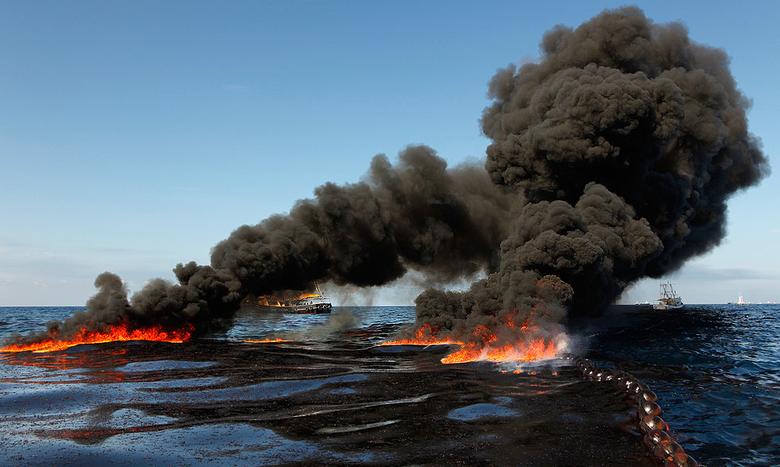
OIL AT USD90 BY 2020

Oil price scenario for the period until 2020 anticipates a gentle decline to $90 a barrel. Given the budgetary pressures are already developing among GCC oil exporters, such a protracted decline would have negative credit implications for some countries of the GCC, Moody's stated yesterday.
"In such a scenario, sovereign credit quality in the GCC would be affected to varying degrees, with Bahrain and Oman most vulnerable to a potential downward adjustment of the sovereign ratings given their high fiscal break-even prices and declining oil production. The UAE and Saudi Arabia would, despite their large non-oil sectors relative to GCC peers, face reduced fiscal flexibility. Kuwait and Qatar have the most headroom and fiscal flexibility to withstand a protracted oil price decline", the agency noted.
The Moody's said Saudi Arabia and UAE would experience particularly significant declines in growth. This partly reflects the two countries' currency pegs to the US dollar, which impedes their ability to cut interest rates in response to reduced demand.
Moody's said despite considerable hydrocarbon reserves, the region's oil wealth is finite. In an adverse scenario of a protracted decline in oil prices to $90 per barrel, the GCC government's ability to raise revenue by increasing production would be limited, especially when taking into account the role of the Opec as a swing producer.
Given the low levels of oil production per capita in Saudi Arabia, Oman and Bahrain relative to other GCC countries, the three respective governments would face having to extend social benefits to a greater number of nationals with more limited resources.
"The fiscal response to a sustained oil price decline would include a combination of asset sales, debt financing, expenditure cuts and revenue enhancement measures...... GCC governments would likely draw on their banking system deposits or issue domestic debt, followed by external debt. Qatar, Bahrain and the UAE, which already have a sovereign yields curve, would be better positioned to finance borrowing needs from external sources".
Qatar and Kuwait are relatively insulated as their breakeven oil prices have remained below $60, and not even Moody's stress scenarios anticipate a drop in oil prices to below the level.
"However, Qatar draws its revenue from natural gas exports and, given the gradual decoupling of LNG from oil prices and the large new gas supply expected in the coming years, Qatar's fiscal space could diminish faster than that of Kuwait", Moody's noted.





